-
Welcome to Tundras.com!
You are currently viewing as a guest! To get full-access, you need to register for a FREE account.
As a registered member, you’ll be able to:- Participate in all Tundra discussion topics
- Transfer over your build thread from a different forum to this one
- Communicate privately with other Tundra owners from around the world
- Post your own photos in our Members Gallery
- Access all special features of the site
Specific Brakes Servicing Question (2012 Tundra)
Discussion in 'General Tundra Discussion' started by DeckerDie, Oct 19, 2021.


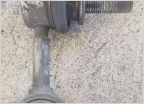 Help........Normal? Or leaking?
Help........Normal? Or leaking?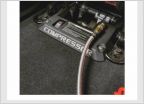 ARB compressor mount
ARB compressor mount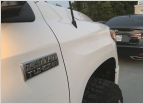 Stubby antennas
Stubby antennas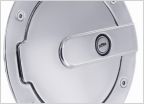 DIY: Installing Lockable Fuel Door "CHROME"
DIY: Installing Lockable Fuel Door "CHROME"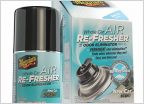 Random smell from vents
Random smell from vents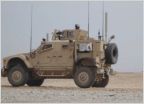 Blind spot
Blind spot
